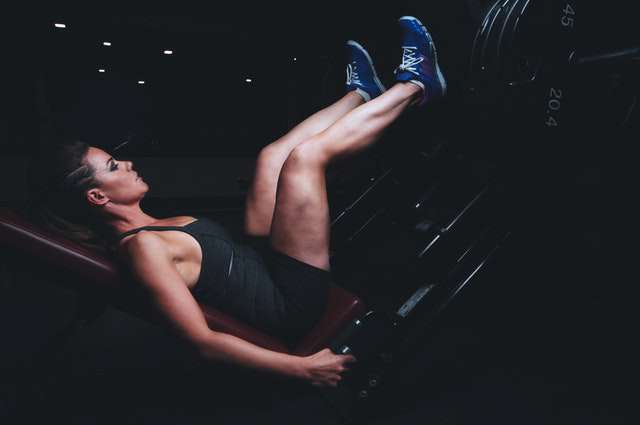
Sportswear sales are quickly eclipsing more traditional varieties of apparel. Image Source: Unsplash user Scott Webb
The early 2000s were the era of premium jeans. Popularized by celebrities like Britney Spears, Mariah Carey, and Kanye West, premium denim brands popped up by the dozen, offering a plethora of washes and cuts. Even in the face of recession, companies like True Religion, 7 For All Mankind, and Hudson proliferated despite high prices, as consumers clamored to get their hands on an endless array of $300 pairs. Then something changed. Sales declined, shuttering what were once some of the most desirable denim brands on the planet and leaving others in uncertain futures.
What accounts for this market decline? The answer lies in sportswear. “Buyers are increasingly filling their closets with yoga pants and leggings, which they’re wearing not just to the gym, but also to run errands and meet up with friends,” says Abha Bhattarai in the Toronto Star. “True Religion’s $319 skinny jeans have been replaced by Lululemon’s $98 yoga pants.”1 Indeed, as brands like Rock & Republic filed for bankruptcy, purveyors of athletic wear saw generous increases in sales. In 2016, “sales of sportswear outpaced all other categories for the third year in a row, increasing just under 7% in 2016 and ‘causing growth in other categories to look rather tame in comparison.’”.2.
As the sportswear market grows, so too does competition. As Allied Market research notes, brands like Under Armour, Nike, and Lululemon are having to step up their game to maintain presence. “Partnerships and acquisitions are prime growth strategies adopted by these companies to sustain the intense competition in the market,” notes Allied Market Research.3 One of the most fundamental strategies, however, is the consistent production of high-quality products paired with new technologies that increase appeal to buyers. And spectrophotometers are playing a prime role.

Innovations like anti-microbial and UV-protectant fabric additives are becoming vital components of sportswear. Image Source: Pexels user Mabel Amber



